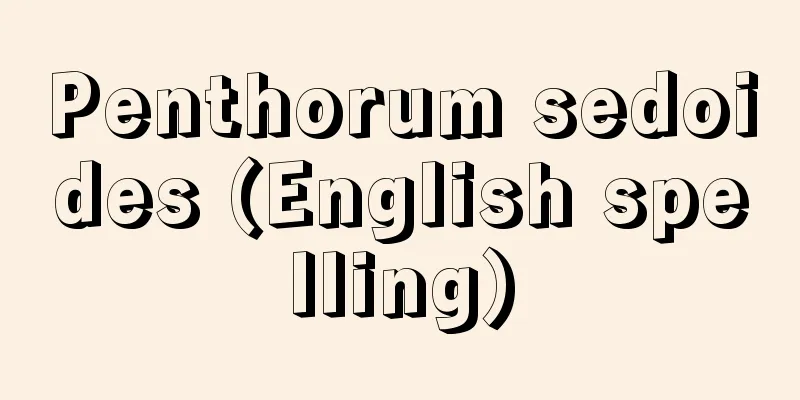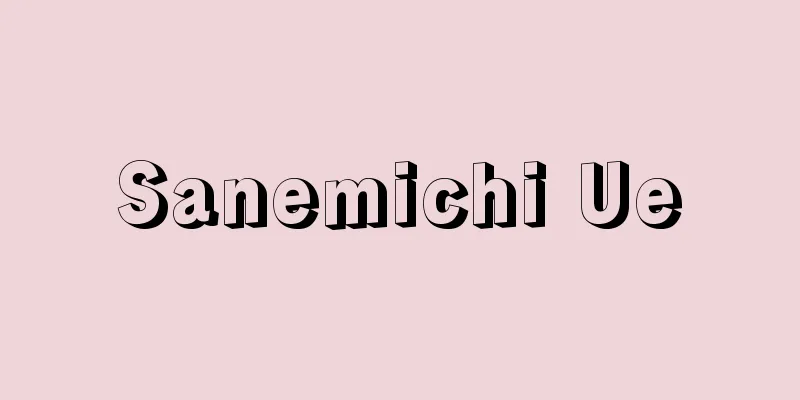Catfish painting - Catfish

|
Nishikie woodblock prints were published in large numbers after the Ansei Edo earthquake occurred on November 11, 1855 (October 2, Ansei 2). Normally, catfish are held down by the cornerstone of Kashima Shrine to prevent them from moving underground, but the popular belief that earthquakes were caused by the movements of a giant catfish inspired various ideas among artists, and they were also popular among readers. Edo disaster bulletin boards, including catfish pictures, were in demand all over the country, and were published one after another. In mid-December, two and a half months after the earthquake, the shogunate confiscated woodblocks from publishers, putting a stop to the escalating disaster bulletin printing. There are currently 200 types of catfish pictures remaining. Although the author and publisher are not specified, it is assumed that many famous and unknown authors were involved, including leading artists of the time such as Utagawa Kuniyoshi, and comic writers such as Kanagaki Robun, who were active later. [Kitahara Itoko] "Catfish Paintings" by C. Ouwehand (translated by Komatsu Kazuhiko et al.) (1979, Serika Shobo)" ▽ "The Ansei Great Earthquake and the People" by Kitahara Itoko (1983, Sanichi Shobo)" ▽ "Catfish Paintings" edited by Miyata Noboru and Takada Mamoru (1995, Satobun Publishing)" ▽ "The World of Catfish Paintings and Popular Consciousness" by Tomizawa Tatsuzo (Japanese Folklore Studies 208) [Reference] |The incident occurred in Kannazuki, and Ebisu, the caretaker of the house, was holding the head of the giant catfish, the source of the crime, with a gourd in order to capture it and take it to Izumo. ( Owned by the National Diet Library ) A tile print of the Ansei Great Earthquake (catfish painting) Source: Shogakukan Encyclopedia Nipponica About Encyclopedia Nipponica Information | Legend |
|
1855年11月11日(安政2年10月2日)の安政江戸地震発生後、大量に出版された錦絵版画。普段は鯰が地底で動かぬよう鹿島神宮の要石(かなめいし)によって押さえ付けられているが、大鯰の動きで地震が起こったとする俗信が作り手のさまざまな画想を刺激、受け手もそれらをもてはやした。鯰絵を含む江戸の災害瓦版(かわらばん)情報は全国各地で求められ、続々板行された。幕府は震災発生後2か月半を経た12月半ば、版元から版木を没収、エスカレートする災害瓦版を抑制した。鯰絵は現在残されているものだけでも200種に及ぶ。作者、版元とも明記されないが、歌川国芳(うたがわくによし)など当時一流の絵師、あるいはこれ以降活躍する仮名垣魯文(かながきろぶん)などの戯作(げさく)者など、多くの有名無名の作者たちの関与が想定されている。 [北原糸子] 『C.アウエハント著(小松和彦ほか訳)『鯰絵』(1979・せりか書房)』▽『北原糸子著『安政大地震と民衆』(1983・三一書房)』▽『宮田登・高田衛編『鯰絵』(1995・里文出版)』▽『富沢達三著「『鯰絵の世界』と民衆意識」(『日本民俗学 208』)』 [参照項目] |神無月に起こったため、留守居役のえびすが、元凶の大鯰をとらえて出雲へ連行すべく、瓢箪で頭を押さえている国立国会図書館所蔵"> 安政の大地震の瓦版(鯰絵) 出典 小学館 日本大百科全書(ニッポニカ)日本大百科全書(ニッポニカ)について 情報 | 凡例 |
Recommend
Federalism - Federal government
A federal state system collectively composed of ma...
Yuan Hongdao
A Chinese poet from the late Ming Dynasty. His pe...
External parasites
A general term for animals that live as parasites ...
purging nut
…It is also called Taiwan tallow. Its English nam...
studio
...Workshops are thought to have emerged in civil...
Jean Pucelle
? - c.1334 French manuscript illustrator. Active i...
Nordheim, LW (English spelling) NordheimLW
…Field emission was first observed by Robert Will...
Karkar, G.da - Karkar
…1543). The illustrations were done by Giovanni d...
Song-playing picture
These are pictorial depictions of poets and themes...
Ale (alcohol) - Ale
...The participants sacrificed livestock to the g...
Open fracture
⇒ Compound fracture Source: About Shogakukan Digit...
Automobile weight tax
A national tax established in 1971 (Showa 46) by ...
Weight (fishing) - Weight
… Fishing continued to grow in popularity, reachi...
Kiln
A device for melting and heat-treating materials a...
Original - Gen
[1] [noun] ① the origin or beginning of something....









